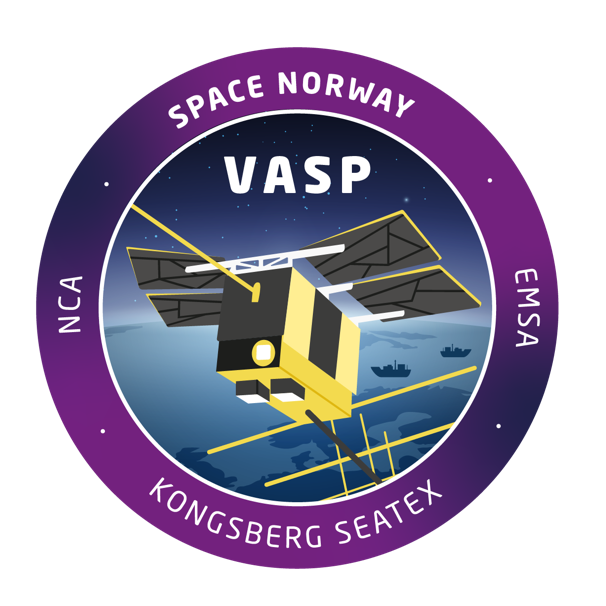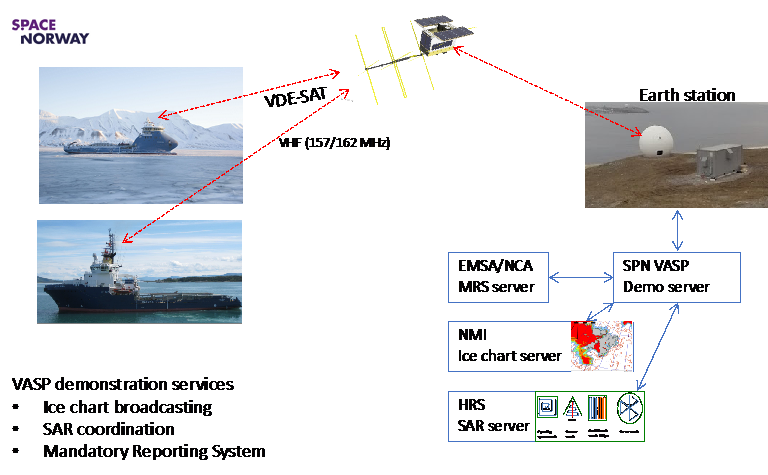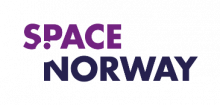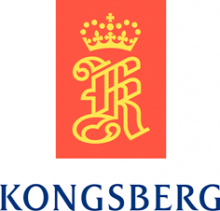
Objectives of the service
There are 16 IMO adopted Mandatory Reporting Systems (MRS) in European waters, in addition to other reporting obligations to Vessel Traffic Services. The current reporting procedures may be facilitated and simplified by replacing voice communication between ships and maritime authorities with ship-to-shore electronic information exchanges.
For efficient search and rescue (SAR) operations, it is highly beneficial to provide the ships involved in the SAR operation with specific and individual search patterns directly to the bridge onboard ships.
For safety of life at sea, distribution of Maritime Safety Information is important. Maritime Safety Information include weather forecasts, low-pressure front maps, ice charts and navigational hazard warnings.
The prime objectives of this activity are to enable a platform for Maritime VHF communications services using satellite VDES and demonstrate use of satellite VDES for collection and distribution of maritime transport and ship information to maritime authorities, distribution of individual search patterns and collection of position report from ships involved in search and rescue operations, and distribution of Maritime Safety Information, in particular ice charts.
VDE-SAT will provide a low-cost alternative to existing communication solutions, especially in the Arctic, where the availability of communications infrastructure is limited. VDES terminals are simple and will integrated with future AIS ship terminals. Under this assumption, additional equipment will not be required onboard vessels in order to take advantage of VDE-SAT services.
Users and their needs
The key customers/customer segments and user communities targeted by our service are maritime authorities, administrations and safety agencies, as well as Rescue Coordination Centers. This is potentially a very large and global customer segment, but initially the focus will be on providing services to Norwegian maritime authorities and their international partners where relevant.
European Maritime Administrations that use AIS data in their operations and EMSA are the initial targeted user community. The target customer segment will be expanded within Europe and globally over time.
NCA and EMSA, in cooperation with ESA, agreed to explore the possibility to test the exchange of ship reporting data using NorSat-2. To this effect, NCA and EMSA have defined a Mandatory Reporting System (MRS) service, SAR search pattern distribution and position report collection and ice chart distribution to be of the highest interest.
Initially the targeted users are Norwegian maritime authorities and their international partners where relevant.
Service/ system concept
The VASP MRS service will allow ships equipped with a VDES terminal to provide ship reports as required when navigating in MRS and VTS areas.
The VASP SAR coordination service will allow ships equipped with a VDES terminal to receive SAR search patterns and provide positions reports as required to verify searched areas.
The VASP ice chart distribution service will allow ships equipped with a VDES terminal to receive ice charts.
All the tree services can be available on all vessels, ranging from small fishing boats to large cruise liners and tankers.

Space Added Value
The primary space technology intended to be used in this project is satellite communications, in particular the satellite VDES technology as specified in Recommendation ITU-R M.2092. Satellite navigation is foreseen to be used in the MRS service and the SAR coordination service.
Current Status
The project had kick-off in September 2019. The service definition and requirements consolidation phase, where key activities included collection of user needs, user requirements and preliminary system design, concluded with the successful baseline design review (BDR) in March 2020. This was followed by the detailed design phase, which concluded with the critical design review in September 2020. The Site Acceptance Test (SAT) milestone concluded the implementation phase in May 2022. The SAT also marked the start of the Demonstration phase, which ran until January 2023. The project successfully concluded after the Final Review (FR) in May 2023.




